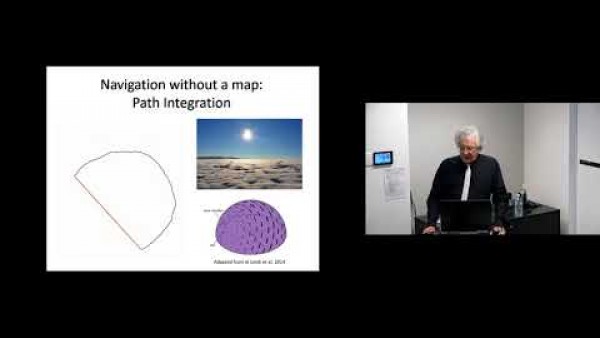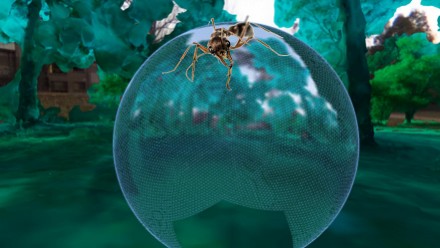E&E PhD Exit Seminar: Using reconstructed visual reality in insect navigation research
Visual insect navigation is an active research topic. Insects have low resolution eyes and a tiny brain, yet they continuously solve very complex navigational problems; an ability that underpins fundamental biological processes such as pollination and parental care. Understanding the methods they employ would have profound impact on the fields of machine vision and robotics. As our knowledge on insect navigation increases and our physical, physiological and neural models get more and more complex and detailed, we need to perform more and more sophisticated experiments to test those models. Evolution has optimised the animals to operate in their natural environment, therefore to probe the fine details of the methods they employ we need to use natural visual scenery which, for experimental purposes, we must be able to manipulate arbitrarily. Performing physiological experiments outside the laboratory is not practical and our ability to modify the natural scenery for outdoor behavioural experiments is very limited. The solution is reconstructed visual reality, a projector that can present the visual aspect of the natural environment to the animal with high fidelity, taking the peculiarities of insect vision into account. During my candidature I have designed such a device. Its feasibility was tested by performing proof of concept as well as altered visual reality experiments in it. During the experiments the shortcomings of the machine were also identified and a new device, with all known problems rectified, has been designed and is currently in the implementation phase.






